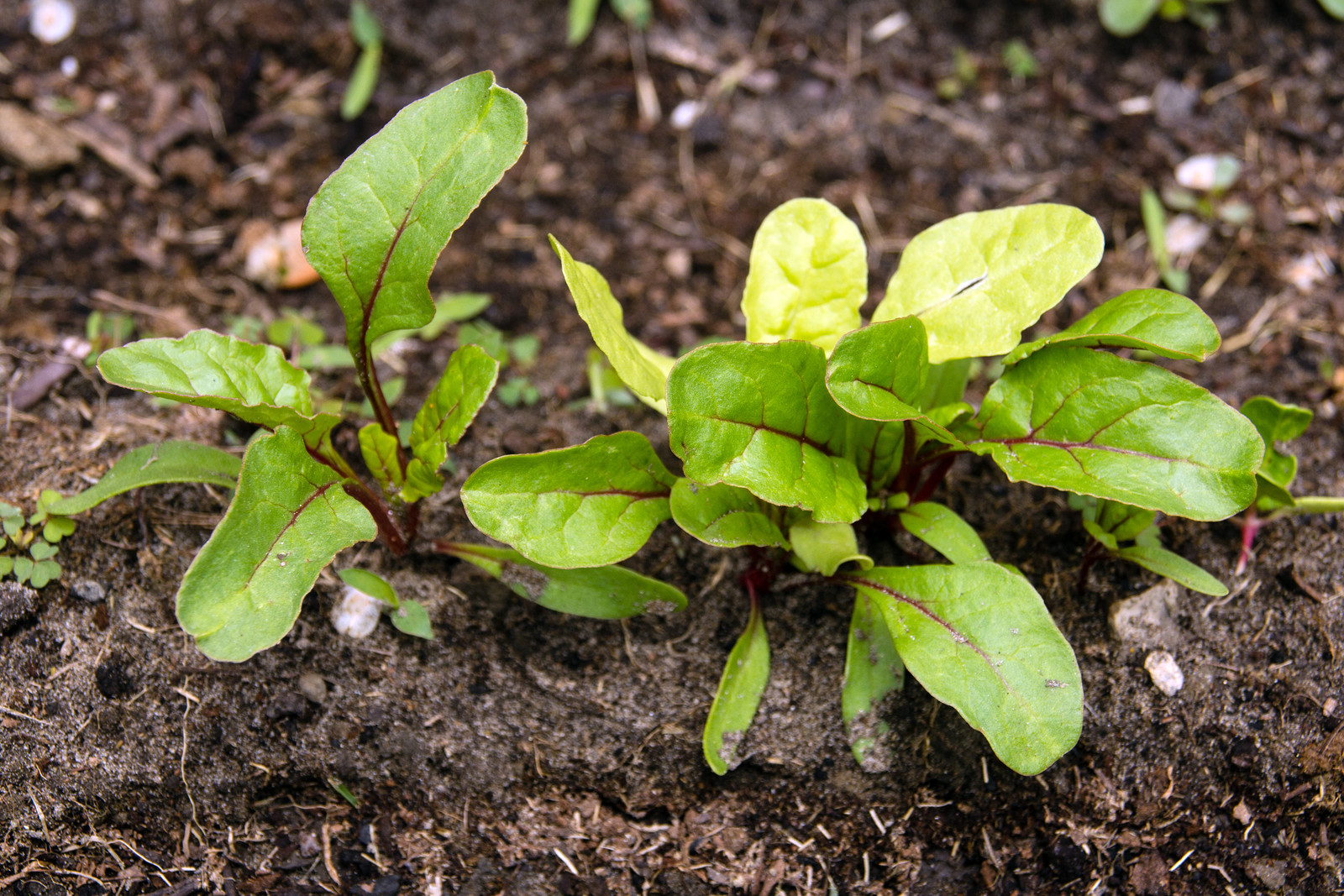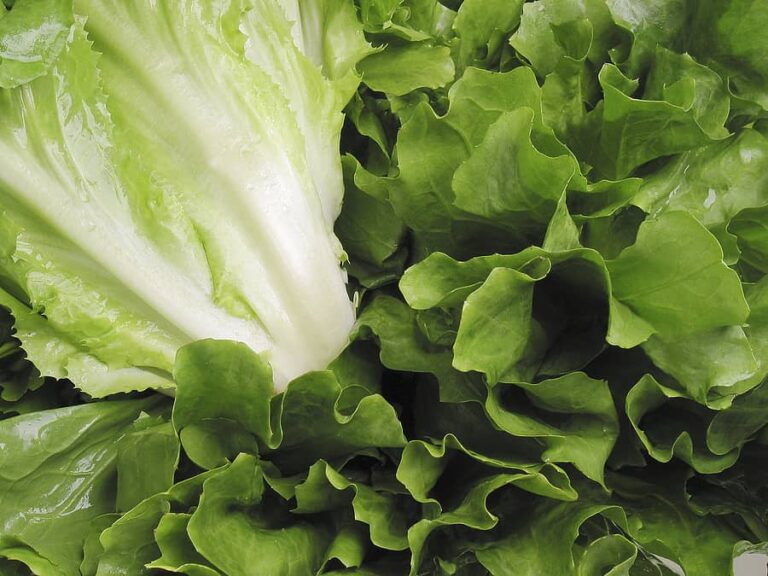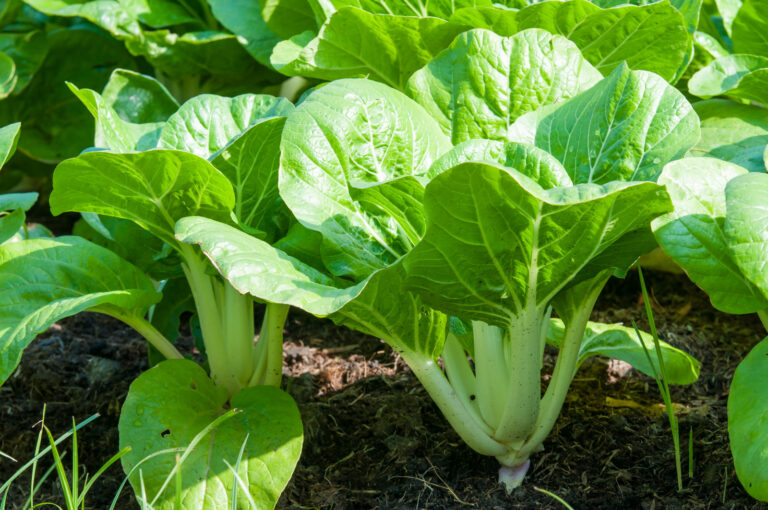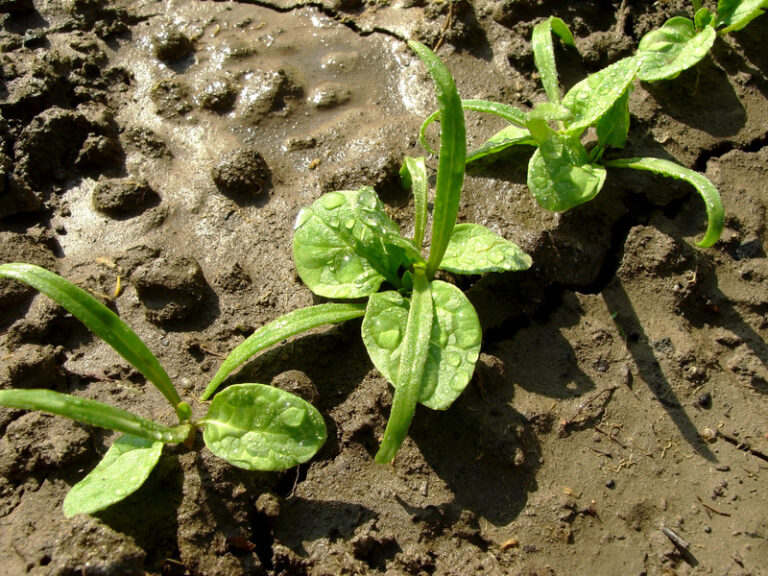How to Fertilize Swiss Chard Organically
Swiss chard is a nutrient-dense, leafy green that thrives with consistent feeding—especially when you choose natural, organic fertilizers that enrich the soil while promoting healthy growth. By nourishing chard organically, you can boost leaf production, enhance flavor, and protect the environment.

Why Organic Fertilization Matters
Organic fertilizers improve soil structure, encourage beneficial microbes, and provide a slow, steady release of nutrients. Unlike synthetic fertilizers, they don’t cause nutrient burn and help create a sustainable growing system for long-term productivity.
Key Nutrients for Swiss Chard
- Nitrogen (N): Encourages lush, leafy growth.
- Phosphorus (P): Supports strong root development.
- Potassium (K): Enhances disease resistance and overall plant health.
Chard is a heavy feeder, so maintaining balanced nutrition is essential from planting to harvest.
Best Organic Fertilizers for Swiss Chard
- Compost: Rich in nutrients and improves soil health—apply a 1–2 inch layer before planting and as a mid-season top-dress.
- Worm Castings: Boosts nitrogen and microbial life; mix into the topsoil or apply around plants.
- Fish Emulsion: Quick-acting liquid fertilizer ideal for mid-season feeding; dilute according to package instructions.
- Seaweed Extract: Supplies trace minerals and boosts plant resilience; excellent for foliar feeding.
- Alfalfa Meal: Slow-release nitrogen source that also adds beneficial growth hormones.
How and When to Fertilize
- Before Planting: Incorporate compost or well-rotted manure into the bed for a nutrient-rich start.
- During Growth: Apply a liquid feed like fish emulsion every 3–4 weeks to encourage continuous leaf production.
- Mid-Season Boost: Side-dress with compost or worm castings once plants are established.
My Experience
In my raised-bed garden, I’ve found that chard responds best to a layered feeding strategy—starting with compost at planting, then alternating between fish emulsion and seaweed extract every month. This keeps the leaves tender and flavorful while preventing nutrient depletion in the soil.
Takeaway: By feeding Swiss chard with organic fertilizers at key growth stages, you’ll enjoy healthy plants, abundant harvests, and a thriving garden ecosystem.
🌿 Swiss Chard Learning Hub
Start here: The Ultimate Chard Growing Guide: From Seed to Harvest
✅ Planting & Seasonal Timing
- Swiss Chard Seed Starting Tips
- How to Grow Swiss Chard Year-Round in Mild Climates
- When to Plant Swiss Chard for Spring, Summer, and Fall Harvests
- Succession Planting Swiss Chard for Continuous Harvests
- Growing Swiss Chard in Containers
✅ Growing Techniques
✅ Care & Maintenance
- Watering Swiss Chard: How Much and How Often
- Why Is My Swiss Chard Wilting? Common Growing Problems and Fixes
- How to Keep Swiss Chard From Getting Bitter
✅ Pests & Diseases
✅ Harvesting & Use
- How to Harvest and Store Swiss Chard
- Five Ways to Cook Swiss Chard
- How to Harvest Swiss Chard So It Keeps Growing
✅ Varieties & Selection
- Best Swiss Chard Varieties for Colorful Garden Beds
- Top Swiss Chard Varieties for Small-Space Gardens and Containers
✅ Companion Planting & Rotation







